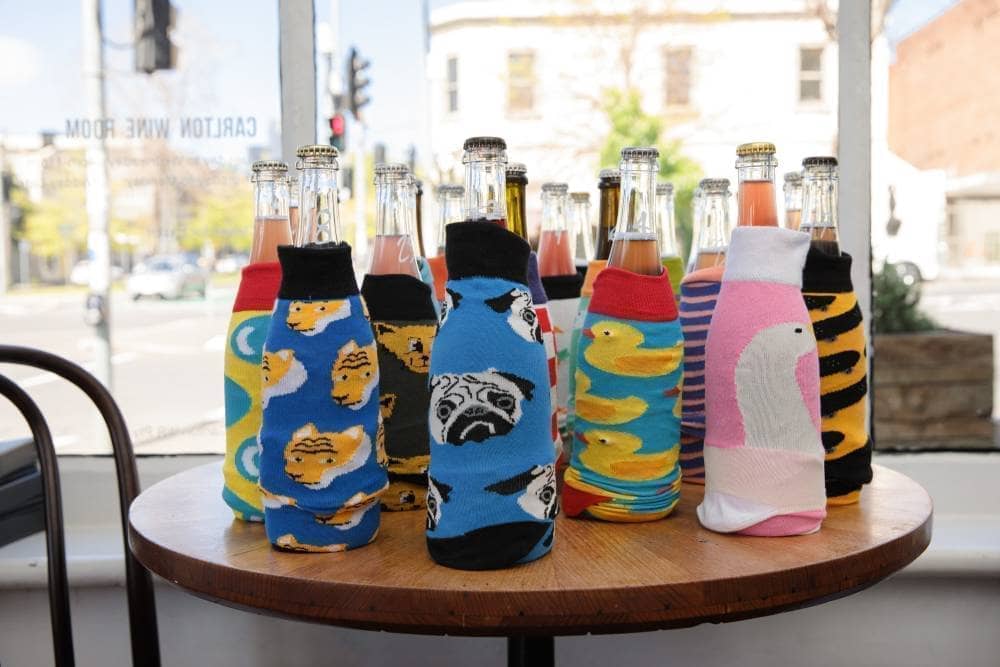Often buried in blends, cabernet franc has its own distinct personality, from making wines that are plush and silkily elegant, to those peppery and fragrant. In Australia, it is finally peeking out from behind cabernet sauvignon and making its own mark.
Also known as
Cabernet franc has many synonyms, but there are none that are likely to confuse by appearing on a wine label, unless in Greece, where tsapournako is the local name. More often than not, franc will not appear on the label at all, so often is it used in regional blends.
What cabernet franc tastes like
Franc shares much of its profile with cabernet sauvignon, but franc tends to be less imposing, more fragrant with a less-pronounced tannin structure, and if pushed a little riper can be quite soft on the palate with pooling ripe fruit. The aromas are similar to cabernet sauvignon, with cassis, leaf, green pepper and tobacco notes, though many attribute raspberry and pepper to singling out franc, and Jancis Robinson notes that it often reminds her of pencil shavings.
Vineyard & winemaking
Cabernet franc is one parent of cabernet sauvignon, the other being sauvignon blanc, and though many would argue that the offspring has exceeded the achievements of the parents, franc has its own and very distinctive part to play. It ripens earlier that cabernet sauvignon, so it can bolster it in a cooler year, or simpler add another dimension in a ripe one, with softer tannins and riper, more rounded fruit. Additionally, it can perform in regions too cool for cabernet sauvignon, with milder seasons seeing the structure of franc asserted, where the tannins can soften too much in warmer zones for it to stand alone. In the winey, franc can take to oak like cabernet sauvignon, but it can equally star without it, especially in some of the more fragrant, cooler expressions.
Where is cabernet franc grown?
Associated primarily with Bordeaux, where it partners with cabernet sauvignon, merlot, petit verdot and malbec, cabernet franc reaches its greatest heights on the Right Bank of the Gironde estuary. There it goes to making some of the greatest and most expensive wines of Bordeaux – such as from St-Emilion and Pomerol – often in league with merlot, while on the warmer Left Bank, cabernet sauvignon is king. The Loire Valley is the other prime territory for franc, where it is mostly bottled unblended in Touraine (Anjou, Bourgueil, Chinon, Saumur-Champigny etc.). Franc is also grown across southern France as a blending variety, both with the other Bordeaux grapes and also others, such as tannat in Madiran.
Cabernet franc around the world
In the top 20 most planted grapes in the world, cabernet franc naturally rides to some degree on the coattails of the world’s most planted grape: cabernet sauvignon. The Bordeaux mix of varieties are commonly planted together, with merlot the next most present, then franc, but franc does have an identity beyond bolstering cabernet sauvignon. In Italy, there are some 6,000 hectares of cabernet franc planted, though some vineyards have not properly identified whether the vines are franc, cabernet sauvignon or indeed carménère. Regardless, the Veneto and Friuli-Venezia Giulia produce a good amount of cabernet franc, with a lot of it bottled solo, while in Bolgheri, on the Tuscan coast, it reaches the peak of its acclaim in – often expensive – Bordeaux blends. Franc is proving more popular in the Napa Valley, though the Left Bank Bordeaux model prevails there, while further north in Washington State a finer, more fragrant Loire Valley model is being championed. It is also grown in New York’s Finger Lakes as well as Virginia and Michigan, which are all somewhat cooler than the Napa. Argentina is also seeing growth in franc, with its touted potential now materialising into concrete success.
Cabernet franc in Australia
Scattered across the country, cabernet franc is not heavily grown, with only about 330 hectares in the ground. South Australia hogs the plantings, but it is still grown in most other suitable regions, from Margaret River to the Hunter Valley. While the grape has been in the ground since the earliest days of viticulture in this country, Adelaide Hill’s Paracombe arguably led the charge for bottling cabernet franc as a standalone. It’s place in iconic blends, like Mount Mary’s ‘Quintet’ has always been an important one, but the contribution has remained largely anonymous. Today, producers like Mark Gifford from Margaret River is fashioning local expressions through a Right Bank lens, while makers like Murdoch Hills’ Michael Downer and A. J. Hoadley from La Violetta are channelling a Loire-like elegance in the expressions.
Checkout our Deep Dive into Australian cabernet franc, here.
Some of the best Australian cabernet franc
Some of the icons
Blue Pyrenees
Frankland Estate
Leconfield
Paracombe
Tapanappa
Some of the new wave
Aller Trop Loin
Blue Poles
Gertie
La Violetta
Marq
Murdoch Hill
Punt Road
Somos
Tomfoolery
The Stoke



